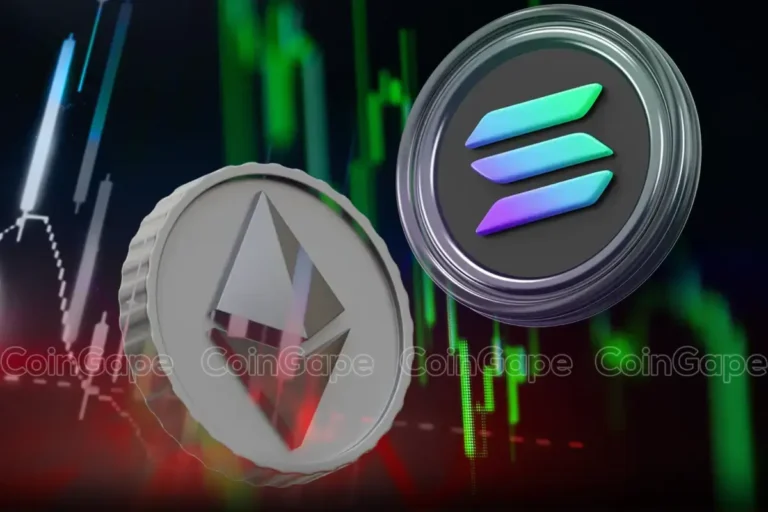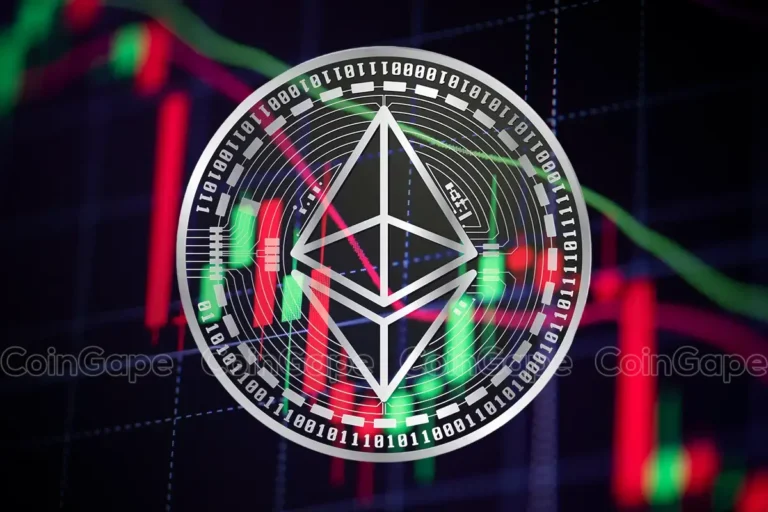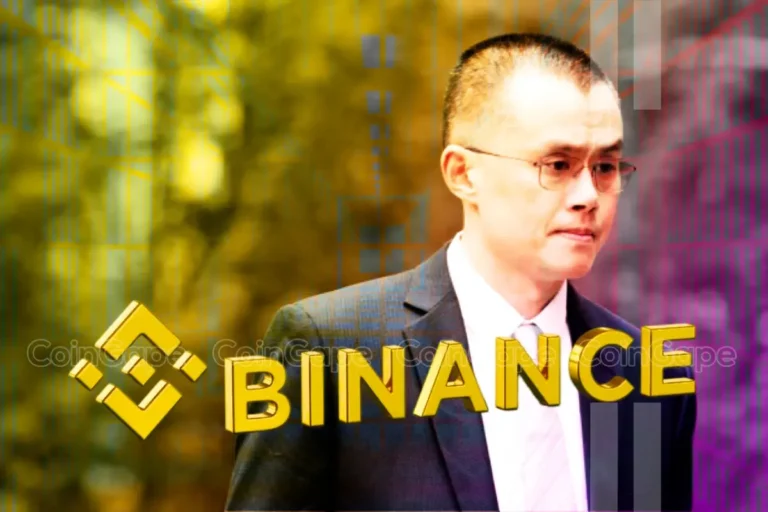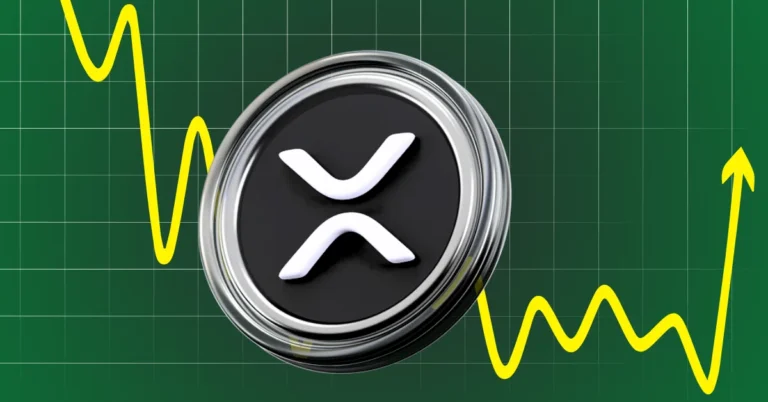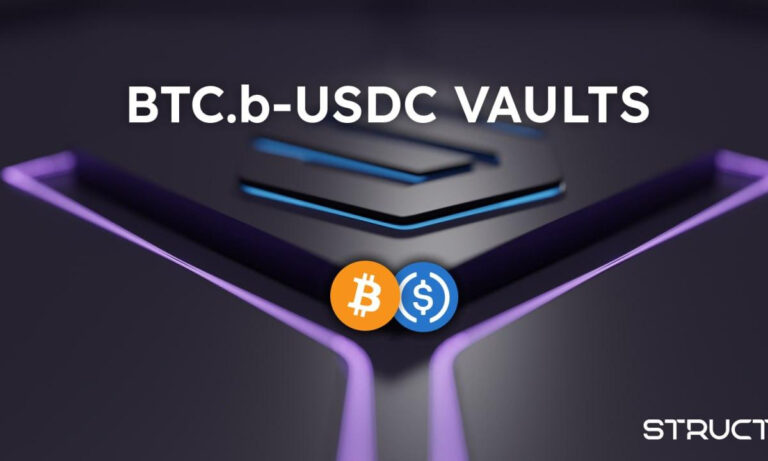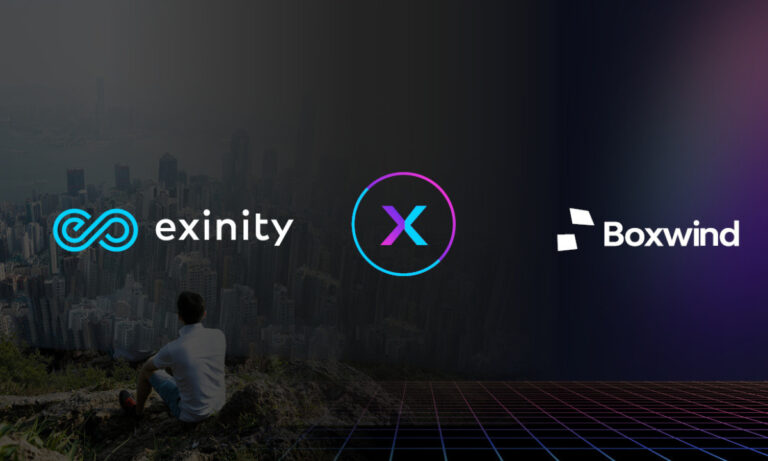IOTA’s ShimmerEVM Testing Success Paves the Way for Launch
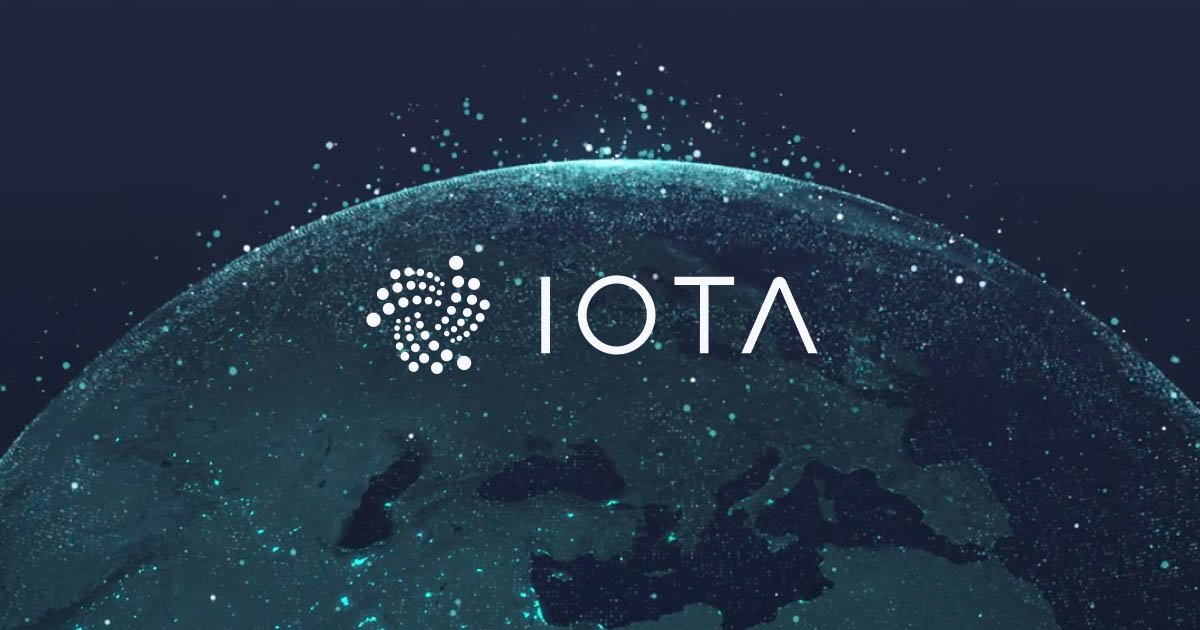
- Shimmer recently shared a progress update on its EVM development, highlighting the intensive efforts of its smart contracts team.
- A staggering 1.4 million transactions have been processed, indicating a strong demand for the innovation.
Shimmer, the network built to advance major IOTA innovations, is nearing a key milestone, bringing IOTA one step closer to Ethereum compatibility. According to an X post, the Shimmer EVM launch could be imminent.
The crypto world is buzzing with anticipation as Shimmer, the platform set to revolutionize IOTA, inches closer to a major milestone — Ethereum Virtual Machine (EVM) compatibility. An X post suggests that the Shimmer EVM launch may be just around the corner.
Shimmer recently shared a progress update on its EVM development, highlighting the intensive efforts of its smart contracts team. Their focus has been on rigorous testing and the resolution of critical bugs essential for a smooth and secure launch.
The journey leading up to this point has been marked by cooperation with various ecosystem projects. These projects were invited to test their decentralized applications (dApps) on the Shimmer EVM testnet, a process that extended beyond initial expectations. However, this extended testing period has yielded favorable results. Most issues have been ironed out, and most projects are content with the current state of affairs.
Tests conducted under congested conditions offered valuable insights into how apps perform under stress, bolstering the team’s confidence in the upcoming EVM launch. The final stages of fine-tuning and testing for a closed Shimmer EVM launch are currently underway. This phase will lay the groundwork for infrastructure setup, explorer development, indexing services, and deployments by launching projects. Following these preparations, the public launch is expected to follow in the coming weeks.
The IOTA community is eagerly awaiting this transformative event, with the Shimmer EVM testnet already witnessing significant activity. A staggering 1.4 million transactions have been processed, indicating a strong demand for the innovation. Key statistics include 1,415,518 total transactions, 653,417 total blocks, 29,462 wallet addresses, and an average block time of 727 milliseconds.
📢 #ShimmerEVM Development Update. Thank you for your patience – in this time, our Smart Contracts team has been hard at work testing and fixing bugs – crucial for a smooth launch 🧵⬇️ pic.twitter.com/f2ch7zsfI2
— Shimmer (@shimmernet) September 7, 2023
IOTA has emerged as a unique player with a set of advantages that set it apart from the crowd. However, before diving into the world of IOTA investments, it’s essential to understand both its strengths and potential drawbacks.
Advantages of IOTA
- Fee-Free Transactions: Unlike many other cryptocurrencies like Ethereum and Bitcoin, IOTA transactions don’t involve fees for gas or miner rewards. This fee-free nature makes it an attractive choice for users seeking cost-effective data and value transfers.
- Speedy Transactions: Traditional blockchains often face congestion and slow transaction times due to block creation delays. In stark contrast, IOTA boasts the potential to handle up to approximately 1,000 transactions per second (TPS). This speed outperforms the likes of Bitcoin and Ethereum, offering a swift and efficient network.
- Energy Efficiency: IOTA has been specifically designed to cater to devices operating in low-energy environments. Even IoT devices with limited computing power, such as household appliances or sensors, can seamlessly contribute data to IOTA’s Tangle. This energy-efficient approach aligns well with the growing Internet of Things ecosystem.
- Adaptability to Various Use Cases: IOTA’s versatility allows it to be adapted for a wide range of use cases. Large corporations can harness IOTA for specific applications, thanks to tools like IOTA Access. This open-source framework enables access to control systems, allowing scenarios like remote vehicle access for car owners.
- Decentralization Roadmap: IOTA’s development roadmap includes a commitment to full decentralization with its 2.0 version. This vision aligns with the core principles of blockchain technology, providing users with greater control and security.
Disadvantages of IOTA
- Security Vulnerabilities: IOTA has had its share of security challenges in the past, with hackers making off with over $1.5 million worth of MIOTA in a notable incident in February 2020. In response, the project is actively working on improving security with its 2.0 version. Nevertheless, the history of vulnerabilities raises concerns.
- Capacity for growth. The IOTA system is still in its infancy. Like many cryptos, success hinges on wider adoption of the network with increased numbers of participants.
Should You Buy IOTA?
While IOTA shows promise, investing in it requires careful consideration. The rapid growth of IoT technology is indeed exciting, but no guarantees exist regarding IOTA’s future performance. The crypto market is exceptionally volatile, and external events, ranging from a massive cryptocurrency market downturn to economic recessions, can dramatically influence IOTA’s trajectory.
It’s essential to remember that the fear of missing out can lead to impulsive investment decisions. Cryptocurrency investments carry inherent risks, including the potential loss of your invested capital.
If you’re genuinely passionate about IoT technology and possess a thorough understanding of the associated risks, IOTA might be a compelling addition to a diversified crypto portfolio. However, it’s advisable to seek guidance from financial professionals before making any investment decisions in the crypto realm.
